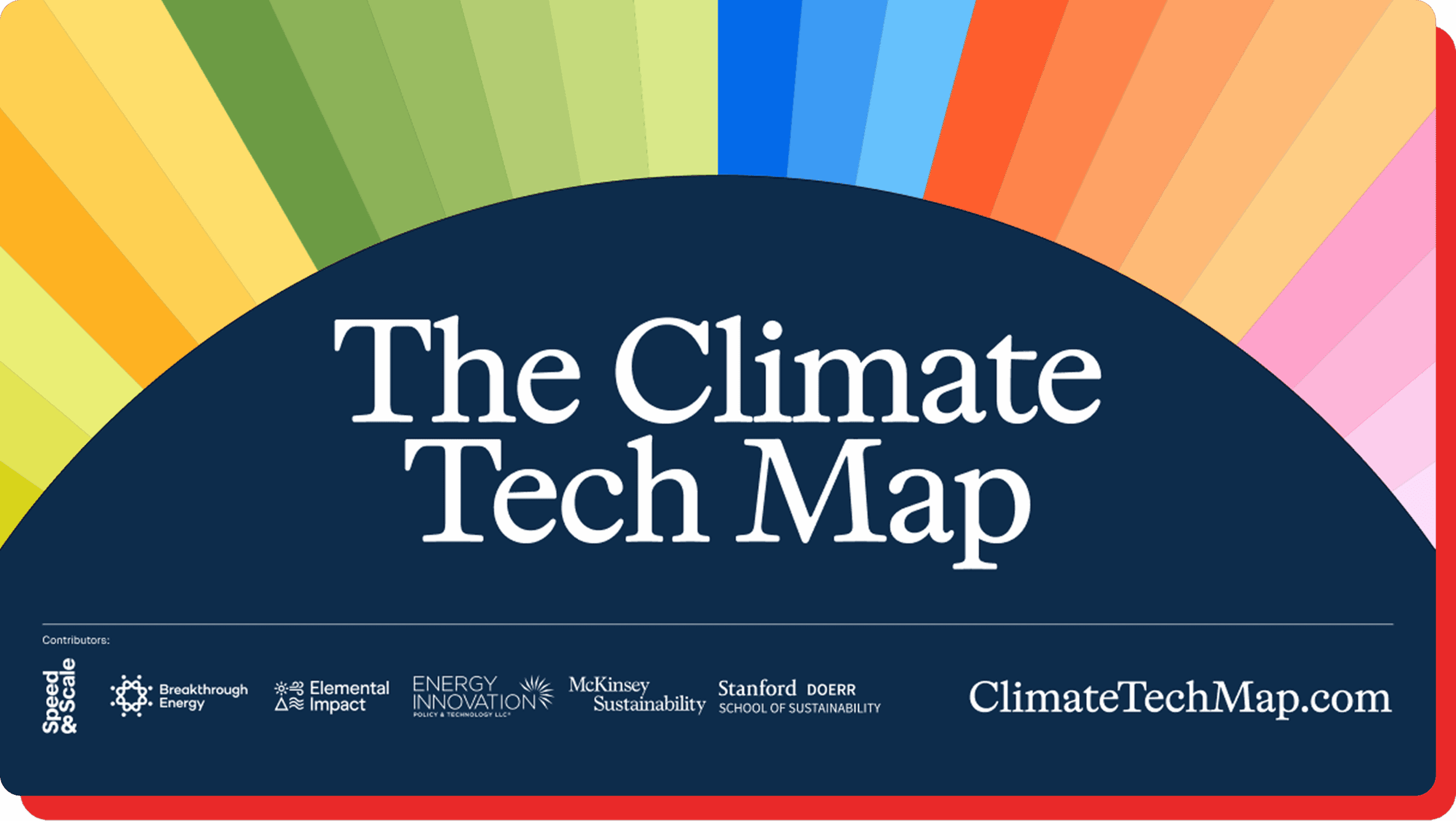What would it take to solve the climate crisis?

Our Mission
Speed & Scale is a global initiative to move leaders to act on the climate crisis.
Let's unlock a cleaner, safer, and healthier future for people and planet.
Our plan
Ten objectives to cut emissions.
Across every sector of the economy, see how far the world has come and how far it needs to go to decarbonize.
New & Notable














